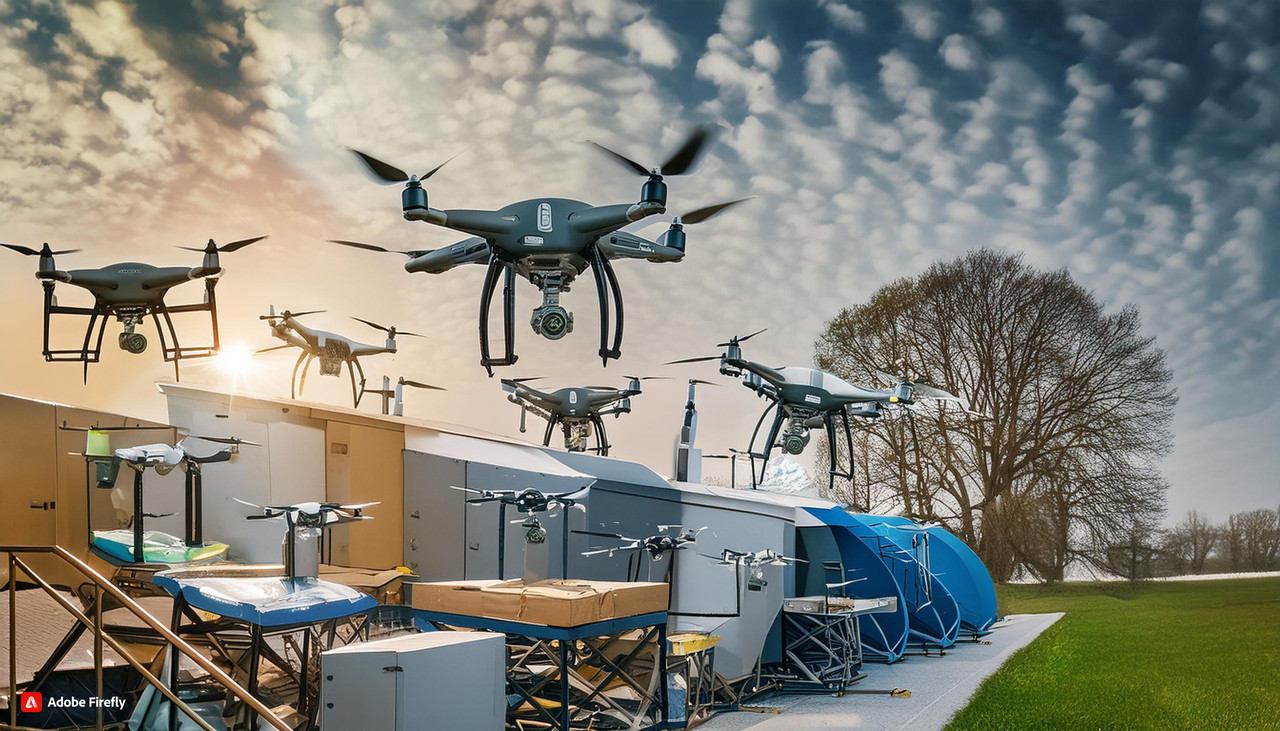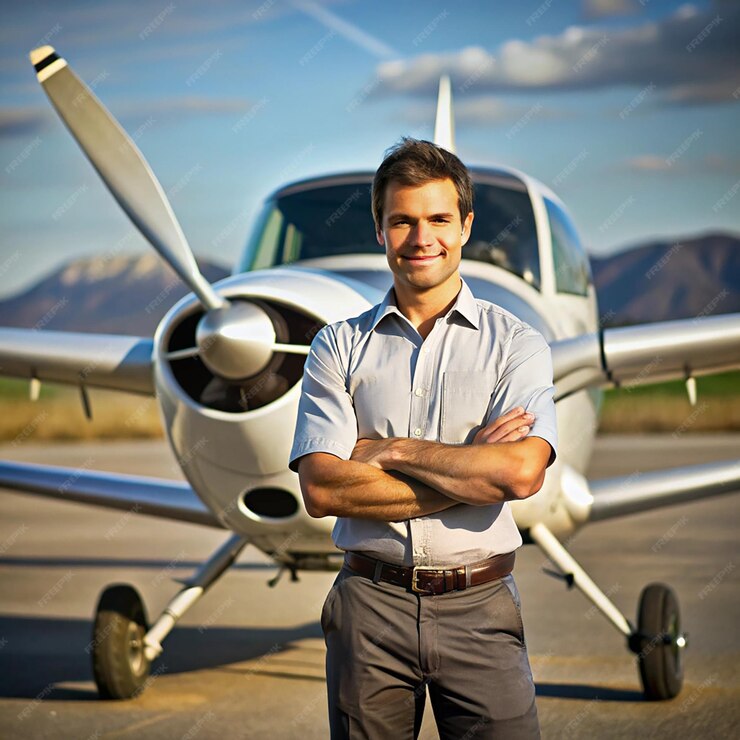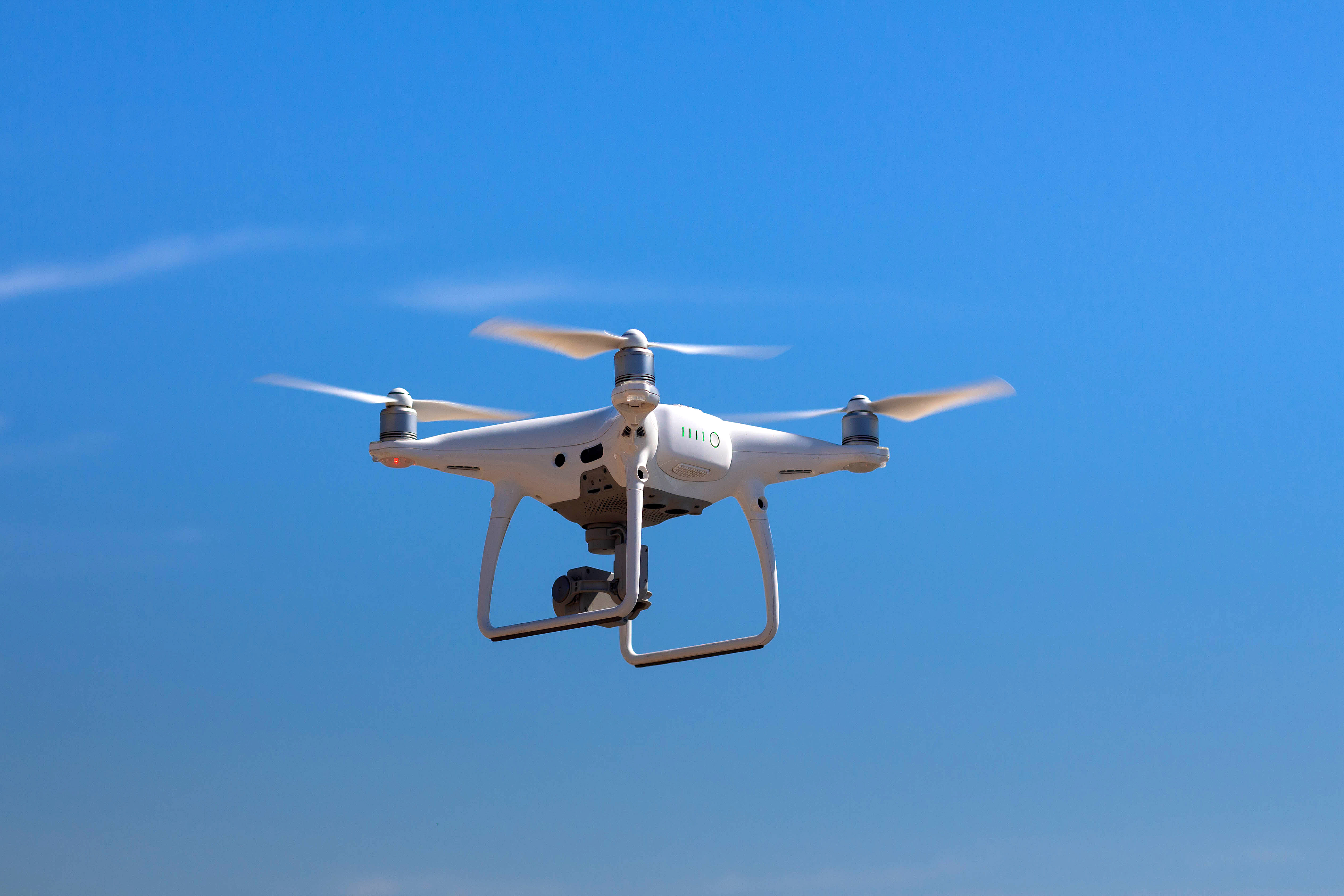
The Role of Drones in Military & Border Surveillance

There is a constant evolution in the security landscape in India and worldwide. With the advent of globalization and increased transnational threats, countries face unprecedented challenges in keeping up with national and border security. To do away with these challenges, drones are improving security efforts. This technology is now an integral part of the military and border security strategies. This blog is about how drone-based surveillance reinforces military and border security, focusing on its abilities, advantages, future developments, challenges and much more.

Indian Army Faces These Challenges
Indian Army Faces These Challenges The Indian Army works in some of the most demanding environments. The terrain in Ladakh, where the altitude is more than 13,000 feet, generates logistical and operational hurdles. The extreme cold, particularly in winter, when temperatures drop as low as -40°C, limits the movement and efficiency of ground patrols. The rocky terrain of the mountains makes it hard to establish an unceasing surveillance presence, as visibility is frequently obstructed by nature, and the lack of roads complicates supply lines.
Border disputes, such as those along the LAC with China and the LoC with arch-rivals Pakistan, further obscure military operations. In these areas, the threat of escalation is constant, and quick response is the need of the hour at all times. The Indian Army needs real-time intelligence to uphold situational awareness and a willingness to cut through any situation.

The Development of Drone-Based Surveillance
From the time they were first introduced, drones have come a long way. Precisely, in the context of national and border security, drone-based surveillance has changed the way that territories are monitored and protected by the military.
Drones come good in modern military surveillance. For the Indian Army, particularly in challenging regions like Ladakh and the high-altitude borders in northern and northeastern regions, drones offer supreme advantages in gathering intelligence, logistics, and tactical operations. They have grown from niche technology into vital assets, particularly when conservative surveillance methods face limitations.
In counter-insurgency/counter-terrorism operations, drones play a big role in identifying the hideouts of terrorists and infiltration routes, particularly in India's northern and northeastern belt. Drones offer accurate reconnaissance, helping commanders evaluate threats and plan strikes with negligible collateral damage.
For example, there was a deployment of drones in Jammu & Kashmir to track movements of the militants and locate infiltration routes, letting the Army to do surgical strikes with higher accuracy.

Good Features of Drone-Based Surveillance
If anything is good or getting famous for a good reason, there are reasons behind that. The same is the case with drone surveillance. Here are some reasons why drone surveillance is rated so highly for military and border surveillance.
Aerial Reconnaissance
One of the main functions of drone-based surveillance is aerial reconnaissance. Drones with cutting-edge cameras and sensors can gather real-time images and data from vantage points previously unreachable or too unsafe for human personnel. This competence is vital for monitoring border areas, tracking unlawful activities, and quickly responding to emergencies.
Border Monitoring
Drones are particularly treasured for border security. They can patrol challenging terrains, including forests, deserts and mountain ranges, where traditional surveillance approaches may be impractical. Real-time videos and thermal imaging allow border authorities to detect unlawful border crossings, drug smuggling and other illicit activities.
Rapid Response
Drones offer rapid response competences, letting security forces to deploy quickly in emergencies. For example, in natural disaster or a border breach, drones can offer situational consciousness, coordinate rescue efforts, and evaluate damage, all while keeping people out of any harm.
Cost-Effectiveness
Drones are cost-effective as opposed to manned aircraft. They need less infra and fewer people and have lower operations costs. This makes them a good option for governments looking to make the most of their security resources.

Advantages of Drone-Based Surveillance
- Improved Situational Consciousness
Drone surveillance improves situational awareness. Security agencies can monitor large areas all round the clock, decreasing the chances of threats going unnoticed. This heightened consciousness lets for faster decision-making and more efficient responses.
- Enhanced Border Security
Drones have a big role to play in strengthening border security. They can detect and track unlawful border crossings, drug trafficking and human smuggling more efficiently and precisely than traditional methods. By doing so, they contribute to decreasing security susceptibilities and improving national sovereignty.
- Drones Pose Reduced Risk to People
By positioning drones in possibly hazardous situations, security forces can diminish the risk to humans. This is mainly valuable in circumstances involving criminal organizations, terrorist groups or drug cartels operating near borders.
- Drones are Cost-Efficient
Drones provide a cost-effective solution for security agencies. Their low operating costs and high adaptability make them a good investment for governments looking to augment their budgets while upholding effective security measures.

Drone-Based Surveillance Future
The future of drone surveillance holds substantial promise, with ongoing tech progressions and innovations. Some possible developments include:
- Integration of AI: Integrating AI in drones can advance their ability to detect and respond to security threats. AI algorithms can examine real-time data, classify patterns, and trigger alerts, improving situational consciousness.
- Autonomous Operations: Autonomous drones can make decisions, and navigating without human interference will become more predominant. This will further decrease the requirement for humans and improve response times.
- Improved Sensors: Continued progressions in sensor including high-resolution cameras, cutting-edge radar systems, and more precise GPS, will advance the quality of data collected by drones.

Recent Introduction of Military and Surveillance Drones
Adani Defence and Aerospace, in 2024, introduced the Drishti 10 Starliner drone for the Indian Navy. The drone embarked on its journey from Hyderabad to Porbandar (Gujrat), marking its introduction into naval maritime operations. It is the Indian Navy’s first indigenously manufactured drone, with over 60% native content.
It would endorse the navy’s Maritime Domain Awareness and enhance their anti-piracy and seaborne missions.
Key features
- This Indigenous drone has advanced intelligence, surveillance, and reconnaissance (ISR) Platform
- It comes under the category of Medium Altitude Long Endurance drone
- The total payload capacity of this drone is 450 kg
- This drone also has the STANAG 4671 certification.
The step highlights the importance of drone technology for security purposes.

Concerns with Drone-Based Surveillance
Threat to National Security: Drones can pose a real threat to national security if they are not used cautiously or fall into the hands of antisocial elements.
• Cross-border infiltration of drones along the border with Pakistan for dropping unplanned weapons, explosives and drugs.
• Drones, such as nuclear installations, threaten civilian aerospace and critical infra.
Lack of skills in Drone Ecosystem: There is a shortage of skilled drone pilots, drone engineers, engineers, quality inspectors etc.
GPS-denied Environments: Imported drones making use of GPS navigation devices might discover operational issues in GPS-denied environments.
- For example, Heron Mk II MALE UAV was bought from Israel.
Shortage of Drone Batteries: Because of concerns regarding weight, cutting-edge Lithium-ion batteries are now being used for drone development instead of traditional nickel-cadmium and silver-zinc batteries.
- DRDO and ISRO are working on Lithium-Ion cell development, but the activity is still in the early stages.
Ethical and Moral Concerns: Since the use of long-range drone attacks by American -forces, they have been criticized for their inconsistent influence on civilian communities.

India’s Initiatives for the Use of Drone Technology in Military and Defense
• Attainment of Foreign Drones: India has imported drones from the US and Israel.
Heron Mark-II drones: A Medium Altitude Long Endurance drone, inducted by Indian Air Force to perform surveillance along Northern borders with China and Pakistan.
Searcher Mk II drones: These were advanced by Israel Aerospace Industries and are reconnaissance drones used by the Indian navy and army.
• Drone, Detect, Deter and Destroy: DRDO advanced an indigenous anti-drone system and was inducted into the Indian Armed Forces.
• Border Security: BSF has positioned hand-held static and vehicle-mounted anti-drone systems to counter rising drone threat along Indo-Pak Border.
• Indigenous UAV systems: DRDO has been developing drones at varying stages of development.
Coming to a Close
With drones making a mark on military surveillance like every other industry, the demand for drone pilots is also on the rise, not just in India but all over the world. If you are also on the lookout for starting a career as a drone pilot or a drone pilot instructor in India, then come to Flapone Aviation. We have the best-in-class facilities and top instructors to ensure students get all the knowledge and practical skills they need.
Related Blog
Latest updates and insights from Flapone Aviation.

What Types of Drones Are Present in the Market?
October 8, 2024

How to Become a Pilot After 12th in India?
February 7, 2025

What are the Basics of Drone Piloting?
February 7, 2025




Author Bio
A dynamic and seasoned content writer with 6 years of experience curating content for different platforms. With the knowledge of all the cogs of content writing and SEO, he has served in various industries. He believes that content is the kingpin, and if penned well, it has a lasting impact on the minds of the readers. Apart from content creation, he is also an ardent poetry lover and performer. He has two publications of his poetry collection, namely Alfaaz and Chestha